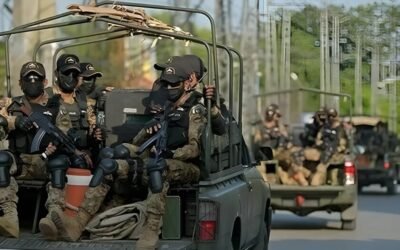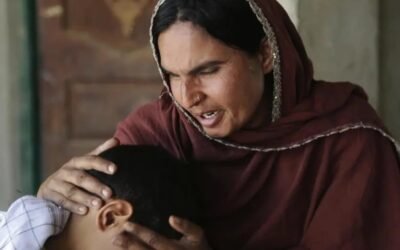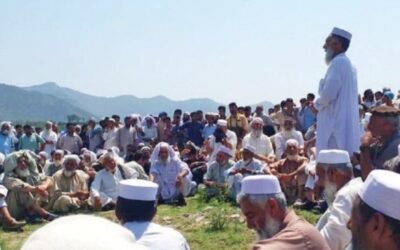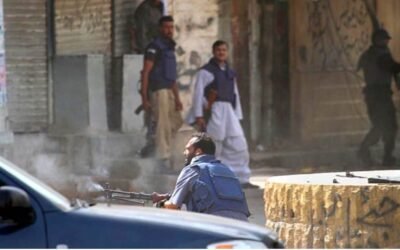Pakistan has long-endured foreign pressures to regulate madrassas. Unregulated madrassas or illegal seminaries have been accused of perpetuating extremism. This has motivated external influences to urge Pakistan to take decisive steps. The crackdown on illegal seminaries began post 9/11. Since then, it has only gained in momentum. For the most part, Pakistan has adhered to international guidelines. There were some positive outcomes. Many illegal madrassas were registered, and the curricula improved. However, there were also consequences. With many madrassas forced to shut down, millions of children had nowhere to go. This especially impacted lower-class families. This article examines both the progress made and its disadvantages.
Regulatory Reforms from 2001-2009
Pakistan began mandating the registration of madrassas in the mid-2000s. In 2005, former Prime Minister Benazir Bhutto asserted that regulated militant-backed seminaries would be a move welcomed by everyone worried about Pakistan’s image abroad. The campaign was to continue. In 2009, Islamabad once again ordered that all seminaries be registered. Raids were carried out on madrasses that remained unregistered. While progress was uneven, there were some notable gains. Thousands of private madrassas were brought under a framework of accountability.
However, the most influential step was perhaps due to the National Action Plan (NAP). In 2014, following the devastating APS school tragedy, stricter reforms were required. There was an explicit call for all seminaries to register and teach modern subjects. Sindh was the foremost province in carrying out this order. The province alone audited over 10,300 madrassas and shut down 2,309 illegal ones. The Sindh government also “geotagged” every madrassa to monitor them digitally. Furthermore, new seminaries also required a no-objection certificate (NOC) from the police and the DC to open. These strict actions brought positive results. Of some 7,444 registered Sindh seminaries, over 547,000 students were enrolled under supervision by 2017. Meanwhile, identified extremist seminaries faced closure.
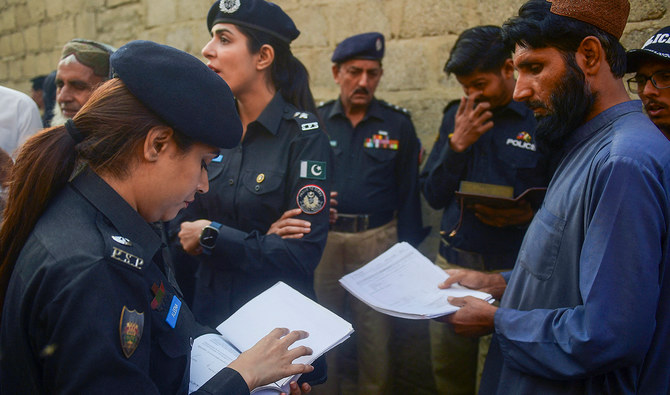
Source: Arab News
Reforms from 2013-2018
In the years 2018-2023, the government extended its efforts nationwide. With increasing pressure to control militancy, Islamabad launched its most sweeping crackdown. In 2019, officials seized control of 182 seminaries. An additional 120 suspects who had connections with banned groups were detained. A Reuters report confirmed that the government had intensified measures against Islamists. Behind these seminaries were often extremist religious groups like Jamaat-ud-Dawa. They ran these madrassas like proscribed charities. By taking these institutions under government supervision sent a clear message: no militant group would be allowed to function in our country now. This stance was further solidified by the then-Prime Minister. He said, “This government will not allow Pakistan’s land to be used for any kind of outside terrorism”. The 2019 operations were part of a long-term plan to reform madrassas.
Recent Development (2024 onwards)
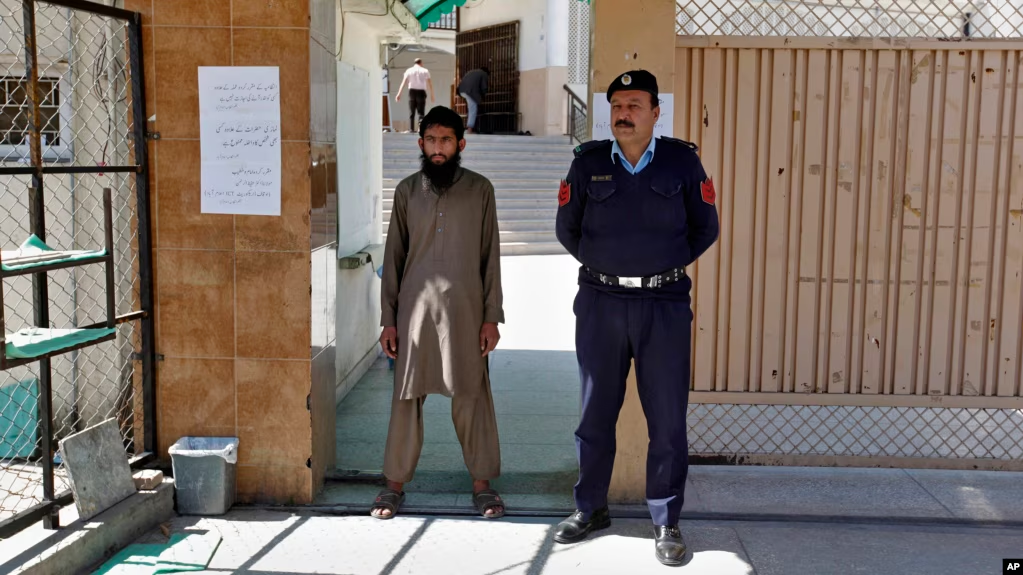
Source: VoA
By 2024-2025, regulation measures turned more refined. They turned from ad hoc seizures to systematic regulation. The long-delayed Madrassa Registration Law was finally enacted in December 2024. The Societies Act was also amended to force every existing seminary to register within a fixed deadline. Existing seminarians are to register within six months. For newly established seminaries, a period of one year was granted. This mandate led to the cessation of unregulated seminaries indefinitely. Education Ministers also emphasized the need for stricter curriculum oversight. Madrassas were now under the Directorate of Religious Education. This meant that they needed to include maths, science, and Urdu in their syllabus. Thousands of religious teachers were encouraged to obtain formal qualifications. The seminary board also signaled its co-operation.
These measures showcase Pakistan’s commitment to education reform. Closure of illegal seminaries, curriculum check, and registration requirements all prove this point. Pakistan’s government has openly declared an “educational emergency”. They have made moves to introduce a standard national curriculum, although its credibility has not been proven. Digital school upgrades for all children have also been proposed. Integrating seminaries into that framework reduces educational inequality. Since madrassas no longer focus on only theology, seminary students have a better chance at further education. These steps have not gone unnoticed. Indeed, the regulation of illegal seminaries has played a role in Pakistan being removed from the FATF’s grey list. However, recently, Pakistan has been inching away from the West’s influence. It is reconsidering its strict oversight of madrassas in light of the benefits they provide to the people.
The Impact on Pakistan’s Population
It can be said that in protecting its global image, Pakistan has neglected its people. While links between extremist groups and madrassas were found, many faced closure as collateral. This was extremely disadvantageous to the country’s lower socio-economic class. Madrassas were more widespread than official schools. There was a greater chance of there being a seminary in a village than a school. In addition, many madrassas also provided students with food and shelter. Those struggling to survive depended on this kind of support. But with the mass raids and shutdowns, this support was taken away from them.
So, although the government claims that millions of children had access to improved education after the reforms, the opposite could also be true. After two decades of extreme regulation of madrassas, the country’s education system is struggling. Education efforts have stated that these reforms have overlooked the possibility of a deeper crisis. The current educational system does not accommodate lower-income families. Often, this means they have to forego education for survival.
Pakistan is among the second-highest in terms of out-of-school children in the world. That means about 22.8 million children between the ages of 5-18 are not attending school. About 44% of this age group. Madrassas fill the gap left by the public education system. A grocery owner named Muhammad stated that he does not care if his children go to an unregistered Madrassa. He said, “What matters is that it’s doing a great service to our religion [Islam] by teaching our children how to read and understand the Quran and that, too, free of charge”. Seminaries also offer shelter, and a “secure” environment is helpful to impoverished families. If Pakistan continues its incessant regulation of seminaries, it could invite severe backlash. Therefore, it is better to move forward with an understanding of the importance of seminaries.
Conclusion
Pakistan’s crackdown on illegal seminaries has brought thousands under control. It has also broadened curricula, removed foreign nationals, and improved oversight. These measures target the roots of radicalization. The country’s global image is also a strong motivator. However, many poor families have suffered from the closures. For decades, madrassas have been more common than government schools in rural areas. They offer free education, food, and shelter to children who might otherwise have none. Removing these affordable institutions risks making the illiteracy crisis worse. The path forward should focus on integrating madrassas into the national system. Illegal seminaries should not be shut down immediately. Instead, their networks should be investigated before a decision is made. This way, they can continue to the communities that depend on them.
You May Like To Read: Political Protection and the Crime Economy: Can the cycle be broken?



